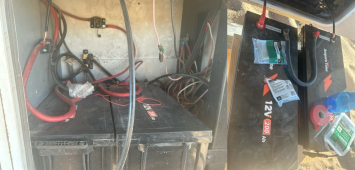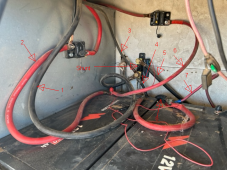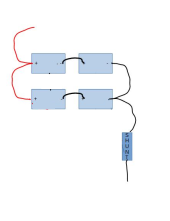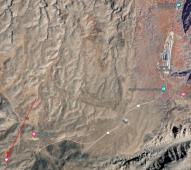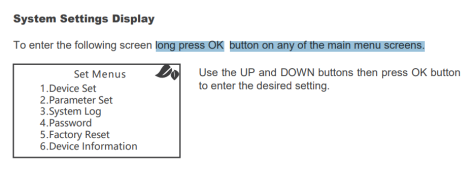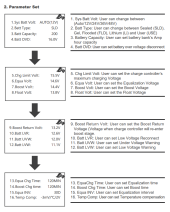phoenixmoon
New Member
I have a 24V system with 1500W of solar panels wired in series-parallel with 800AH of LI battery.
The 24V system is new, I rewired my 12V system.
I'm not getting accurate readings from either VC or DCH.
Example: VC currently says that I have 100% SOC but my voltage reads as 12.11 (8.3A, 101W)
DC Home says I'm at 82% SOC (30.6 Solar Volts, 4.28 Solar Amps, 131 Solar Watts)
So it's kind of a two part question:
1) How do I get VC to update so that it's reading me my actual voltage for a 24V system?
2) Why the discrepancy between the amps on the two apps?
The 24V system is new, I rewired my 12V system.
I'm not getting accurate readings from either VC or DCH.
Example: VC currently says that I have 100% SOC but my voltage reads as 12.11 (8.3A, 101W)
DC Home says I'm at 82% SOC (30.6 Solar Volts, 4.28 Solar Amps, 131 Solar Watts)
So it's kind of a two part question:
1) How do I get VC to update so that it's reading me my actual voltage for a 24V system?
2) Why the discrepancy between the amps on the two apps?






